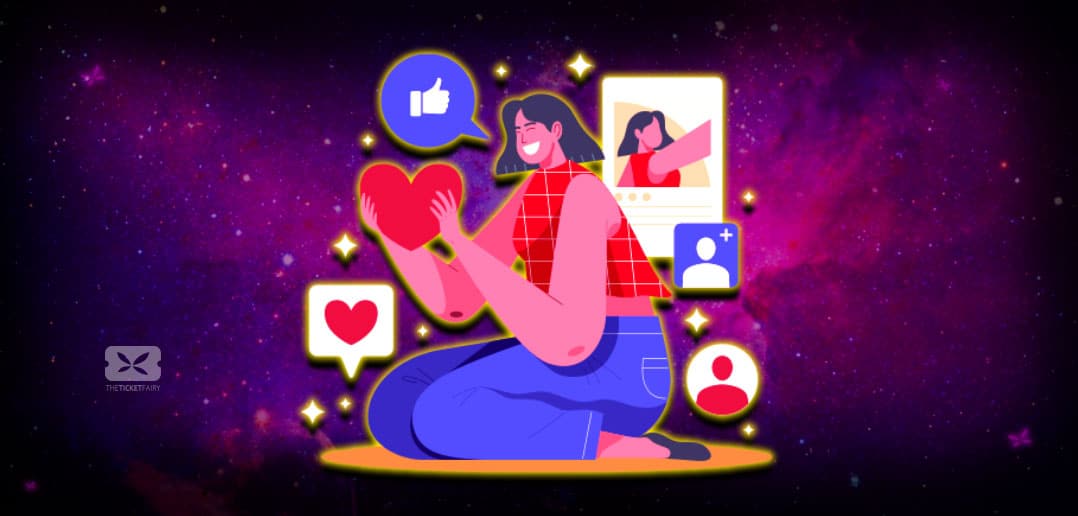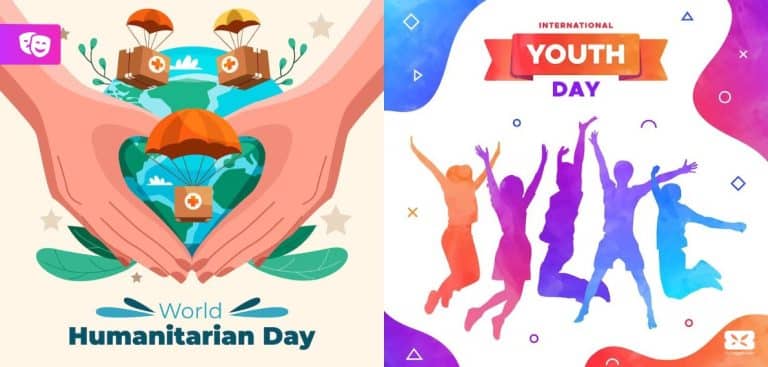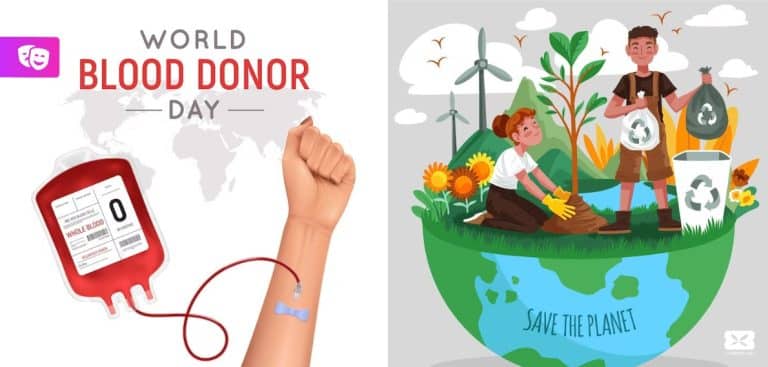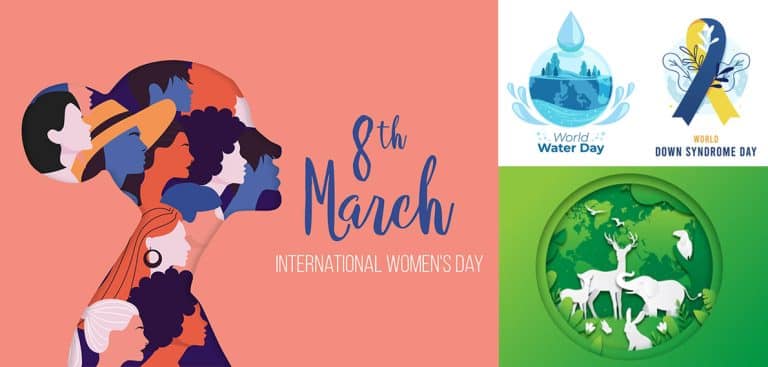This article addresses how over the years, people have begun creating an ‘image’ or online portrait of themselves. They’ve mastered the art, but many suffer repercussions, developing issues with their own identity and place in the world.
I’m scrolling through my feed on Instagram. I see amazing pictures, every single one of them. In almost every image, I pick up on a few central themes. Parties, outings, company, even the occasional gastronomical posts. People on Instagram enjoy their lives, post after daily post documents where they’ve been and what they’ve done. But what stands out the most? Another glaring similarity between seemingly different profiles -they all look really f*cking good.
There’s something about the way we define beauty and its superiors. Somehow, unanimously, we all seem to more-or-less share this ideal image, the world over. This could be attributed to centuries-worth of influence on our physical appearances, and their fluidity even more so.
Throughout history, every body has had a place, well-rounded and slender ones alike. Come the 21st century and we’re fresh on the heels of an eyebrow-overplucking global massacre, and an era of painfully acceptable spray tans. Ten years ago, not even Beyonce could avoid these trends. And yet, as of 2022, and having adapted seamlessly year after year to what the next big look is, going as far as to creating some iconic ones of her own, the megastar still falls subject to the public eye. An unforgiving set, always laced with similar questions.
What is she wearing? What kinda appearance is that? Too much, too little? I wouldn’t wear what she did, but-
Now, opinions are important – in the grand scheme of things. You want the global consensus, the overall vibe you’re giving off to be noticed and responded to. It is part of what makes us human, the need for validation- no -acceptance. To be seen. And maybe you’re on the other end of this equation, holstering opinions of your own. Ideas on how someone could look better, do better, be a better version of themselves, if their selves were mere projections of your eyes. You can’t be blamed, the opinion is brewing in a place you run your basest operations, snapping back to older, ingrained statements. Some might say, “tattoos won’t help you get a job”, “dress for success’, and even the occasional “diamonds are forever.’ So when you see a profile with either of these understandings, before you catch yourself, maybe an opinion will form. Kim Kardashian’s engagement ring looks mighty big, and that detail takes root in your mind, amongst others about her social media image. Then when you see a post from Kim next, sans her more luxurious belongings, tiny alarms will ring, something is out of place. You’ll say, “Hey, this isn’t the usual Kim post”. You’ll hit like and drop a comment.
More lizard pics are now a NEED, Kim. -you might write.
And to you, the bearded dragon in the picture looking like its about to record the next big podcast will look like just that. A quirky post from one of the biggest influencers of our time. It’ll be unusual to her last few posts and then some, which maybe you won’t pay much heed to, no more than the slightest, “That’s odd”, before you move on to the next post on your feed. To Kim, its the tiniest risk, as opposed to the content her followers expect. A lizard picture could cause a few thousand of her followers to turn their attention elsewhere.
The social media age can be looked at from two sides – from the one that influences, creates and keeps to trends, amassing eyeballs and followers alike – or from the receiving end. The side that takes it all in and adapts – the influenced. But these are two sides of a single entity. The ‘social image’. How you perceive the world, and how it perceives you.
The Social Image of An Artist
The social image is a thing of extreme power. What could’ve extended as far as your neighborhood and social circles now packs lightly into a free-to-use phone application – spanning across every corner of a globe you couldn’t begin to take in completely on foot, or in-person. You aren’t opening a photobook for guests in your living room, you are putting an ‘image’ of yourself online. And unlike the comments you’d receive against a physical photo album, the internet will say and do as much as you allow it.
And you allow it to comment on your pictures, if you allow your account public status. And then you quickly learn not to post everything you think you should, in the moment. The learning curve may differ from me to you, but it is a shared experience nonetheless. The lesson? Hear it from Ms. Eilish herself.
[youtube https://www.youtube.com/watch?v=Cm0MGnuRnH0?start=179]Don’t post it. Don’t do it.
So instead, you will put some thought into what you’re putting out. While Instagram has become a powerful tool for marketing and publicity, it has also given new meaning to brands and their functionality. Today, you are the brand. Your online profiles are your various stores, offices and exhibitions. And what you’re about to post? It’s a new-age press release with the potential to skyrocket your visibility. So you really put some thought into it.
If you’re sharing an image, you will take self-critique to its highest degree and mark out flaws that could blemish the image you’re going for. Without a peek at the technicalities (what, with lighting and locations and their counterparts), you’re quick to notice an odd pose, a smirk you’d rather were a warmer smile, a crinkle in your outfit that screams back at you, pointing out how terrible your pressing-and-dressing skills are. So you’ve got a few options to choose from, because this particular brand of self-critique isn’t a first-time occurrence. Then you spend a questionable amount of time working up what to say with the image, or maybe you’ll leave the caption be – chalking up your content to be speaking enough. If you’re tweeting, or putting out any other kind of worded social update, the stakes are higher or lower depending on where you place your visual versus wordy audience. You’ll do the required amount of overthinking. And then you’ll post it.
And little by little, you build your social image. An impression unique to each person that sees your online presence and pays notice. And to say these impressions make for a tedious dance against growing your audience base is putting it very lightly. You can’t please everyone, nor appeal nor incite. So you try to find common ground. You create content to appeal to an audience that will stay put, and will agree with or want to hear what you have to say. You will engage with them and aim to get to know them as intimately as the medium allows. To you, this is a natural response to engagement, to engage with those that engage with you. What it becomes, albeit innocently and for-the-benefit, is a pattern in Instagram’s algorithm, a boost to your growing social presence. Which makes it all the more necessary to keep to the cycle. Post. Interact. Engage. Learn. Adapt. Sh*t, shower, and shave -and repeat.
The Social Image doesn’t just do a number on the artist or influencer, because the artist or influencer is always more than just one person. Building a social presence and growing an online profile usually takes a team of individuals with skills that range from communication, marketing, public relations, and account managers more times than not. All operating in the same ecosystem, making calculated guestimates of how one post would rank against another, or who the artist should engage with online, who the artist should talk to, and what they should talk about. This is an all-round effort, though, it isn’t only the team or only the artist, but a careful mix of the two.
And considering how much impressions matter, first, last and every one in between, it isn’t an easy task to craft an image that is both authentic and traction-worthy. It could be an artist that decides not to wear the ‘appropriate’ outfit on a particularly leisured day, and photos of the artist outdoors will make it to the headlines of every major gossip publication.
billie eilish is not only 1) a minor (17) but also 2) wears baggy clothes so that she doesn’t receive creepy comments like this about her body yet the One Day she wears a tank suddenly nothing else matters.. ppl are disappointing and gross https://t.co/G0tbATXLtW
— hailey ? (@haikeypaikey) June 23, 2019
In the end, nobody wins.
And if the artist chooses a more authentic online approach, perhaps to save from nasty trolling if they were to be caught off-guard, it still doesn’t sit right for onlookers. Onlookers who are otherwise used to seeing the artist after hours in hair & make-up.
Doja Cat with no makeup is _______ pic.twitter.com/ya8BfaSrE4
— pineapple juice fan ???? (@__jay__g) October 10, 2018
Doja Cat without makeup is almost unrecognizable to fans. But the image of the artist comes with heavy implications, and when she started introducing herself without it, it became a point of discussion.
A regular social media user can spend roughly anything between 2 minutes to 3 hours or more on social media every day for different reasons. This is not only because of how many people relate to us, or whose sentiment we are going to hurt, but it is more about how we portray and defend ourselves in the public eye every single day. Because you know what’s going to happen – people take screenshots, people question why something is taken down when it is, and that is fire that artists or public figures are not very keen on putting out. So from the get-go, set the best expectations for yourself. For others.
The Effects on an Artist
An artist is defined, first and foremost, by their art. But there is also the image of the artist, who they are, what they do, what they believe in, depending on how public an artist is about their authentic selves. Most artists reveal bits of themselves in photos and videos, tweets and stories.
And often, the image of a particular artist can take away from their art and its effects. The separation between art and the artist is more blurred than ever today.
Putting yourself out there makes you vulnerable to all kinds of reactions, comments, good and bad. People want to give you free advice that you never asked for, and it can often also end up in invoking disgusting reactions from a whole race of netizens you don’t want to be involved with, or whose attention you never meant to grab. You see why people want to shield themselves so much more now, right? Often, for the right reasons.
We see this happen, unfortunately, two or three times daily, depending on the number of accounts we’re following. They’re either wearing too much, or too little, too boyish-masculine, or too feminine-cutesy. Marvel could post a graphic of two iconic gay characters, and automatically, the generational homophobia comes screeching out of the comments section.
The world doesn’t consist of one type of person. People differ and clash, across the spectrum. And for an artist trying to build a brand, the battle is uphill and not without adversity.
Creating an Image Online
Many a time, most of the things we do on the internet are so that we can make ourselves more marketable, the end goal being reaching more people, engaging more reactions, and in-turn diverting people to our art. Many people end up diluting what they truly are in the process. Would you say that’s a sacrifice for success? It is, of course, a personal choice even when it comes to this. But the picture ahead for compromising on who you are is often incredible, and your worth can take a nice, slow stroll in the park while you’re trying to achieve what is also sold to you as a ‘goal’ that requires a certain path.
Many people try to just show their true selves on the internet with the hope that people will appreciate them for who they truly are. They may not hop on to every single one of the latest trends, or use the best music, even look the most ‘presentable’ for the public eye. There is only one difference between these two kind of people – The follower count.
Social media marketing comes with its tricks. You have to really take the effort to be seen or heard online. It is not easy for you to just go viral without putting in some extra effort. The problem is, the effort is taxing. Taxing on your mental health, taxing on your everyday well-being, and how you truly feel about yourself. You can take it as a job, and just play the role you are playing. You have these insane diets to stay in shape and look good, social media goals, challenges, fixed regimes for ‘traction‘, pills, and what not!
For people who are always attempting to be known for who they truly are, it can become a different kind of difficult. You question that even though you are doing something so profound, you never get a chance to show it to enough people because you haven’t taken the road everyone else tried to. You start questioning whether you are doing things right, your body image, and your entire idea or purpose. Even if you go and look up statistics, you will see how many people, not even just artists, have suffered from terrible conditions and experiences just out of their expectations from social media not being met, or not receiving the deserved response after so much effort. Even the successful ones are under continuous pressure to ‘keep being creative’ or getting ready for odd hours, uninvited makeup, and DUMBING THEIR MUSIC / ART DOWN so people can understand it better.
Still, scrolling Instagram, I stumbled upon this amazing post by Sandunes, aka Sanaya Ardeshir, and my interpretation was an epiphany, a moment that would change how I saw compromising on what I present forever. Do artists need to make their work easier to access for marketability? I quote her use of the question – ‘What about the evolution of expression?’ Another heavy point was if we as artists look up to the ones who are famous, who set the precedent. Do they also feel the pressure of investing so much time towards maintaining their identities? Quoting her again – ‘Or does it just work so well in ‘industry’ that it becomes hard to resist. .?’ Read this when you can:
I’m Scared. Nervous.
You are releasing a song, revealing artwork, announcing a tour, hopping on stage… Wait. Why does it feel like I’m suddenly burdened with the weight of the world? Can I do this? Am I a real artist? Can I even make it? Or am I just wasting my time? Your self worth is often questioned when you go out of your way to do things that you are passionate about, and even though you put your heart and soul into it, it becomes difficult to change how you think people perceive it, affecting you ultimately.
It is no secret that many mental issues have taken form on the internet including severe issues like personality disorders, and as you know, anxiety, depression, and other related problems. Adverse reactions are invoked in very trying times, and sometimes, you can be labelled for the rest of your life based on one flaw that made its way to social media.
Technology has supported many of these decisions, more like feelings that people have emanated over the years. Issues have raised concern with social media and the kind of networking the platform allows. The point is the idea of having an open space that allows anybody to participate, and other privileges given to users, even under the pretext of anonymity.
Anonymity is possibly one of the scariest, deadliest, and most wild ways in which a person can target another without worrying about the consequences.
It leaves you scot-free from any kind of trouble because Web 2.0 has enabled anonymity to a vast extent.
A lot of this actually doesn’t only apply to artists, the more you think about it. It applies to everyone who has an identity, everyone who finds the need to defend their identity, or create one entirely from scratch online.
Where are we headed?
Social media platforms have responded by creating and developing ways in which people can avoid bearing the brunt of this. Like with Facebook and Instagram, it all started with being able to make your profile and personal information private on all your platforms. It enabled you to accept or decline who you would like following your content. You can even customize it down to a single person who can or cannot see certain content on your page.
YouTube, in 2021, removed the visibility of the dislike button completely. Probably not the button, but the comparative numbers that would show any user on the internet how much the video is liked or disliked. Instagram now also enables users to not let the public see how many people react to their post. People may say it’s because ‘that’s nobody’s business’ but it’s actually because of how insecure and judged we’re made to feel all the time, and to remove that parameter from affecting us.
Like most platforms, social media platforms are also based on the user’s experience, and maximising an experience or time spent on a platform for a user. There will always be changes made to the way in which content is delivered and received by users, always giving artists and content creators the abilities and platforms to promote themselves or their image, as well as the users the facility to be able to share and engage with content that resonates with them best. Algorithms will keep developing, technology will keep getting smarter, and artificial intelligence will eventually be used to control things that human beings don’t need to directly be involved in. It already is, to a great extent.
We can also discuss the image or identity in much more depth if we give it a try, and look at the developments in technology today. With our current progress even in web 3.0 and the metaverse, we can see the creation of identities that we identify with the most as opposed to complete anonymity or even revealing our true identity. With the general rise of decentralisation, your identity stays in control and becomes more what you see it to be, without too many people directly criticising or affecting your overall appearance. It is fully yours, without having to lend it to any third party, or use a service that forces you to sign terms and conditions that compromise on your privacy.
I also really hope for more developments in psychology and psychiatry, to help people tackle issues related to identity, the self, the image, and the repercussions of continuous use of social media platforms, which are not necessarily good for you. It’s not the platform, it’s the extent of use and consumption that directly influences your reactions and behavior. Hopefully, in the near future, we will have developed more techniques to reach out to people and solidify their faith in themselves, their art, and understand their own worth.




